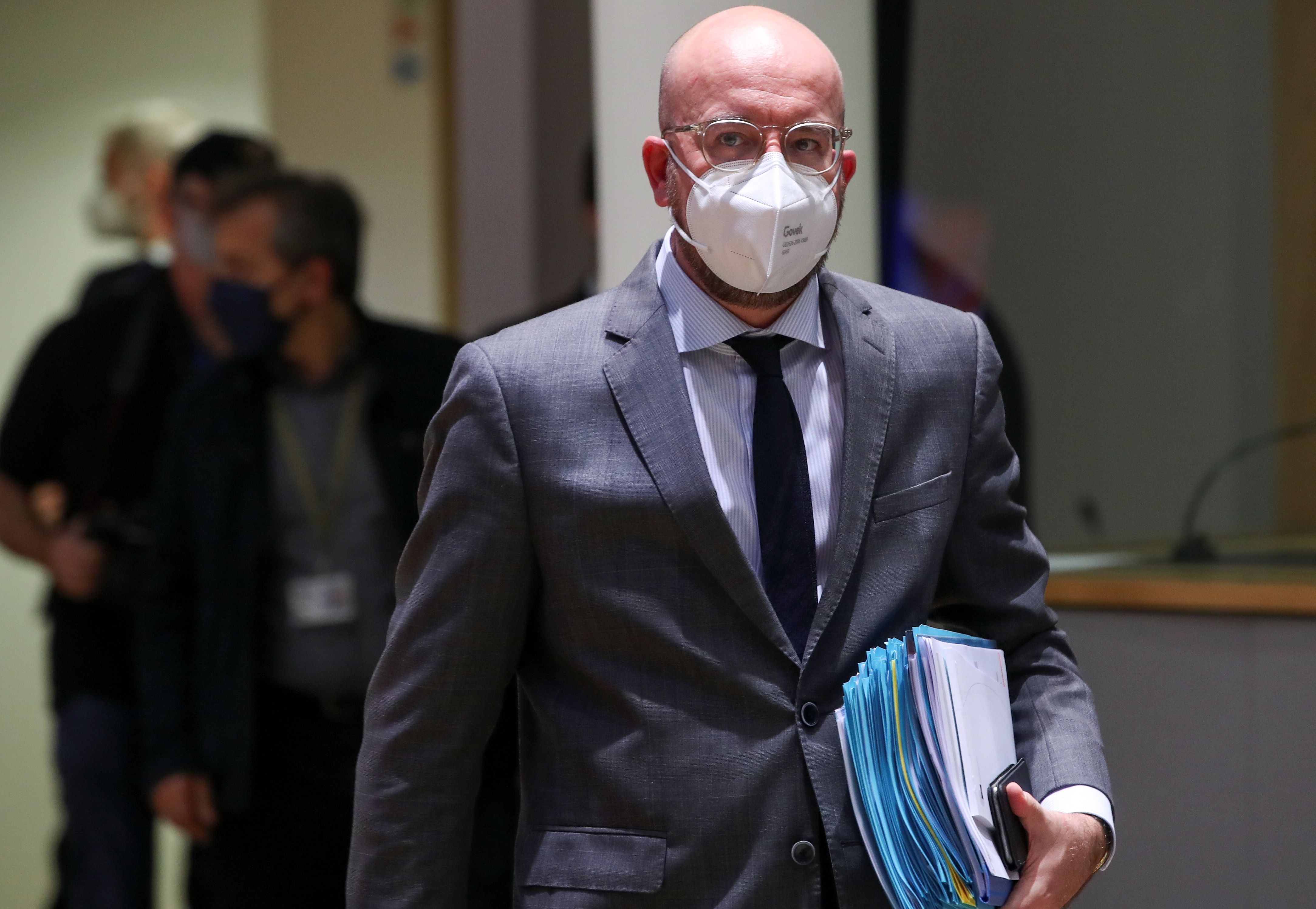Reform of the Union Civil Protection Mechanism During the Pandemic

System of Action
The UCPM aims at cooperation in the prevention and response to natural and man-made disasters between EU Member States, six participating countries (Iceland, Montenegro, North Macedonia, Norway, Serbia, Turkey), and the United Kingdom (at least until the end of this year due to Brexit). Upon request, assistance may be provided not only to the members of the mechanism but also to other countries or international organisations in the world. Since its creation in 2001, the UCPM has been activated more than 330 times (in recent years, for example, during the forest fires in Sweden, the Ebola epidemic in Congo, and after the port explosion in Lebanon) in situations where the scale of the disaster exceeded the response capacity of the affected country.
Moreover, the mechanism aims at the harmonisation of activities and contributes to the exchange of best practices among the members within the Emergency Response Coordination Centre (ERCC). It monitors events 24 hours a day and is in constant contact with the relevant national units, and in the event of a request for assistance, it mobilises experts and resources available under the UCPM (e.g., firefighting planes, search-and-rescue teams). The mechanism is managed by the European Commission (EC), which, among others, finances a minimum of 75% of the state’s operating and transport costs.
Strategic Resources
UCPM operability depends mainly on the solidarity of its members, which make their resources available through a voluntarily declared response pool or on the basis of spontaneous offers. However, in the event of large-scale disasters, the mechanism provides limited support. This was demonstrated by the series of forest fires in Europe in 2017 when UCPM was activated 18 times (significantly more than in previous years). The turning point for EU cooperation was the death of several dozen people in Portugal, where only Italy sent help in the form of two fire-fighting planes. As a result of the 2019 reform, the new rescEU component was launched, which allows, among others, collecting and sharing at the EU level a reserve of strategic resources (e.g., airplanes and helicopters for firefighting or medical evacuation, medical supplies, field hospitals). In this way, states have tried to obtain an additional measure of protection at the EU level. Access to rescEU resources is available only to UCPM members (and to other countries in cases justified by the humanitarian situation). They are 100% financed by the EC and their distribution is managed by the ERCC. However, the EC does not have the legal and financial instruments to, for example, purchase equipment under rescEU and independently assist UCPM members.
Pandemic Crisis
Following the outbreak of the pandemic, more than 30 countries (10 members and more than 20 third countries) applied for support under the UCPM. Initially, the governments focused, however, on fighting the effects of COVID-19 in their respective countries, not on providing mutual aid. The first medical support for Italy under the UCPM was only sent in April even though the country had applied for it at the end of February.
RescEU’s capabilities also proved insufficient: at the beginning of this year, it comprised just firefighting equipment—13 airplanes and 6 helicopters. It was only in March, a few weeks after the first COVID-19 case was discovered in Europe, that the EC began to coordinate the collection of an EU medical equipment stockpile. In April, a declaration about the first storage facilities was made by Romania, followed by announcements by Germany, and at the end of September, by Denmark, Greece, Hungary, and Sweden. Nevertheless, the first delivery (330,000 protective masks for Croatia, Italy, and Spain) was not made until the beginning of May.
So far, through rescEU, the following have been distributed: 30 ventilators (Czechia), 620,000 protective masks (Croatia, Italy, Lithuania, Montenegro, North Macedonia, Spain, Serbia) and 50,000 protective aprons (Montenegro, North Macedonia). The capabilities of rescEU are still low compared to the support that states can provide each other under the UCPM (e.g., 120 ventilators for Czechia from Austria and the Netherlands, or 2 million gloves for France from Norway).
New Proposals
Influenced by the pandemic crisis, and just a year after the UCPM reform, members decided to introduce further changes (to be applied from 2021). The main element is increasing readiness at the EU level by expanding the rescEU reserve of strategic resources, as well as improving the flexibility of actions by granting the EC the power to place orders directly. It is also planned to increase the role of the ERCC as an operational centre, and to extend the capabilities for early warning, analysis, and forecasting, among others. This is particularly important in the face of phenomena that are difficult to predict, such as pandemics, as well as disasters resulting from climate change.
To effectively achieve these goals, the EU Member States have decided that within the upcoming budget there will be a significant increase in funds for crisis management, from €368.4 million to €3 billion (of which €1.1 billion will come from the general budget and €1.9 billion from the Recovery and Resilience Facility). The current percentage breakdown of UCPM funding that assigns specific sums to prevention, preparedness and response activities is also expected to change. It is under negotiation to transform or even completely abolish the breakdown, but the consensus remains to ensure the mechanism is better adapted to current needs.
Conclusions
The expansion of the equipment and logistics potential at the EU level responds to the current demand. Important, however, is to justify its further development by a detailed analysis of post-pandemic threats and defining the needs of the Member States. This will help to avoid over-pooling of one type of resource (as is currently the case with medical supplies). At the same time, EC supervision over the formation of the strategic resources reserve offers the chance to increase cohesion with other EU policies (e.g., in the field of health or climate protection). However, shifting some of the responsibility for planning to the EU level should be linked to the harmonisation of risk-assessment systems in agreement with the Member States and the provision of adequate funds to improve their national capacities. It would be worthwhile if the EC adopted the work programme on an annual or multi-annual basis, defining specific goals for building resilience.
In the new proposals, relatively little attention is paid to the ERCC, which raises concerns about the reduction of its operational capability in relation to the expanded equipment resources. Whereas innovative threat-detection and analysis solutions, such as those based on space data from Copernicus (Earth monitoring) and Galileo (early warning signals), can strengthen European disaster-risk management. In addition, the launch of GOVSATCOM will allow for more effective communication in a crisis. Its use will largely depend on the interoperability of Member States’ services, and therefore the system of joint training and exercises should be further developed.
It is in Poland’s interest to strengthen EU-level crisis-response capacity. It is worth considering increasing the availability of Polish resources under the UCPM (e.g., search-and-rescue teams operating in the mountains, caves, or contamination conditions, or ICT support teams), as well as hosting in the country some of the expanded rescEU resources. This will allow, among others, for an increase in national crisis-response capacities (when there is no demand for resources under the mechanism, they can be used by relevant national services, and funds for their adaptation or repair are also available). It would be beneficial to ensure greater coherence in early warning and response, not only at the EU and national levels but also at the local level. On the other hand, the development of technology, particularly in the field of early warning based on geospatial data obtained from space observation systems, could be a chance to strengthen the position of Polish enterprises and research centres.


